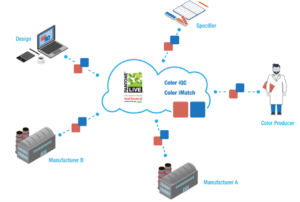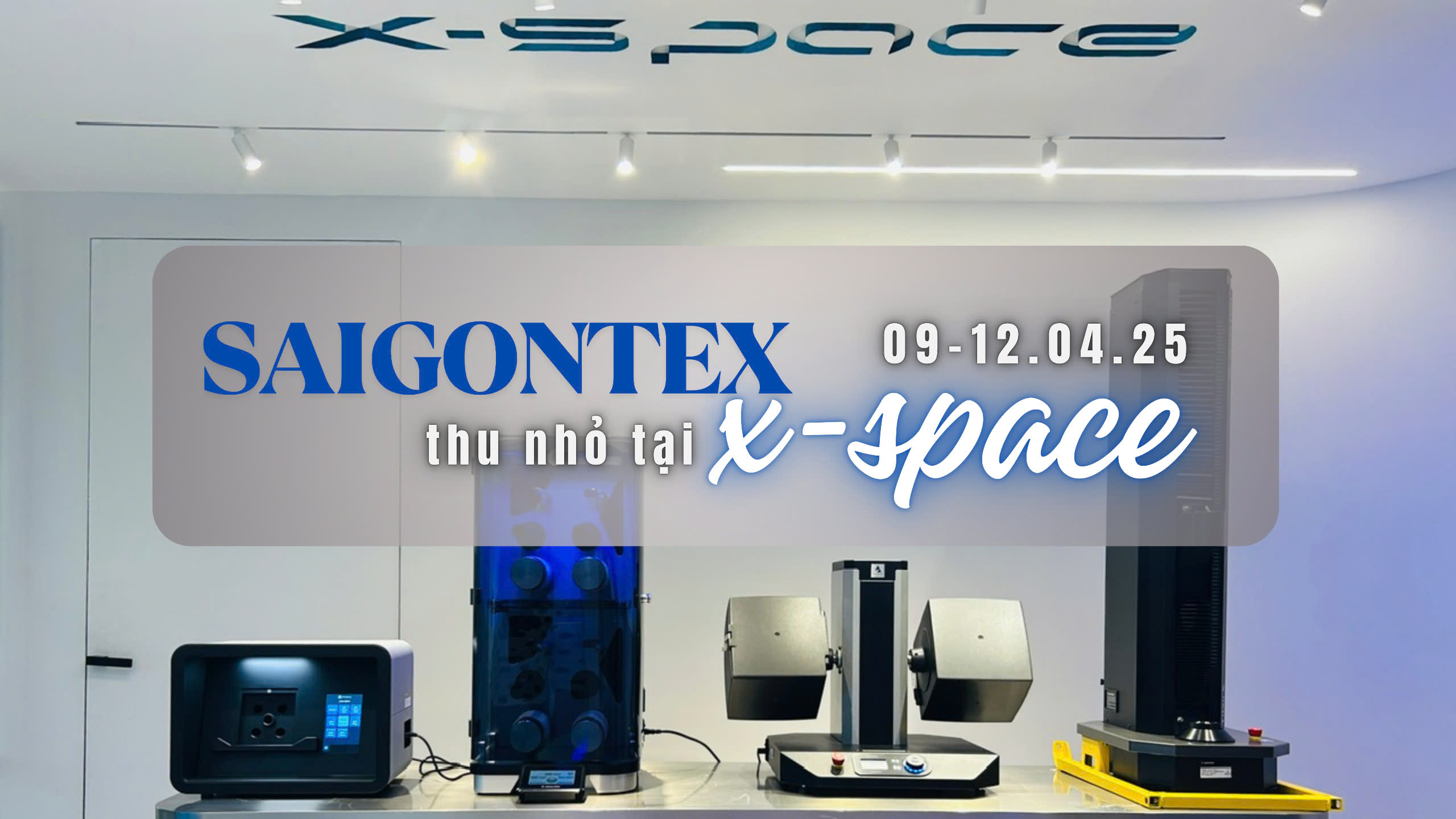Achieve Sustainability by Smart Textile Lab Solutions

Staying ahead of consumer trends and sustainability is a complex challenge for fashion and apparel companies today. While consumers increasingly treat clothing as disposable, many companies are proactively addressing the environmental impact of fast fashion. According to McKinsey & Company, businesses must now be agile, prioritize digital strategies, and accelerate their speed to market. They need to address social issues, meet demands for transparency and sustainability, and be willing to reinvent themselves to appeal to new generations of customers.
The apparel industry is a major polluter, responsible for significant environmental damage. Textile mills contribute one-fifth of the world’s industrial water pollution and use thousands of chemicals, many of which are harmful. For instance, Chinese textile factories produce around three billion tons of soot annually, contributing to air pollution and related health issues. This underscores the urgency of sustainability in textiles.
Balancing speed to market, cost efficiency, and sustainable practices is a significant challenge for textile manufacturers. Brands must leverage advanced tools to streamline the process from design inspiration to manufacturing, with a strong focus on color accuracy. This is particularly difficult in global supply chains, as the fashion industry has been slow to adopt new business models. Despite the creative nature of fashion, there is a clear need for transformation towards more efficient processes, as highlighted in the State of Fashion reports by Business of Fashion and McKinsey. The reports have consistently identified value chain improvement and digitization as top challenges for apparel executives.
The Role of Color in Delaying Market Entry and Contributing to Waste
In fashion, color is often an afterthought in product development, leading to significant delays and rework in getting products to market. Some brands report it can take up to 12 weeks to approve a color due to multiple rounds of lab dips and reviews, creating what’s termed the “roundabout of color.” This involves extensive back-and-forth communication, lab dip approvals, and shipping, which not only consumes time and resources but also generates considerable material waste and carbon emissions.
By transitioning from subjective color evaluation to objective spectrophotometric evaluation and increasing color digitization in the design-to-manufacturing workflow, brands can achieve more efficient and cost-effective color approval.
The traditional workflow involves several “roundabouts”:
- Inspiration and Creation Phase: Typically takes 10-20 days. Digitizing color at this stage can reduce this to just four days.
- Lab Dips and Reviews: This phase can take 40-50 days. By digitizing color, this can be reduced to mere hours, minimizing re-dips and speeding up pre-production.
- Production Phase: Normally takes 30-40 days to complete formulation, production, finishing, quality evaluation, and shipping. A digital workflow can cut this down to six days, reducing costly rework and waste.
By adopting digital tools and processes, fashion companies can align the creative aspects of their work with the need for efficient, sustainable practices, ultimately achieving faster speed to market while reducing their environmental impact.
Transparency Leads to Cost-Saving Efficiencies
Manufacturers should be cognizant of the direction the market is taking and prepare themselves for the inevitability of an even shorter cycle time. As brands are working to bridge the physical and digital gap, manufacturers should also be looking for ways to introduce digital alternatives into their own workflows, especially as it relates to color. This includes the ability to receive and act on digital color specifications, increased use of digital tools to predict color outcomes, and a reduced need for on-site color checks and/or shipping physical samples around the globe against which to measure color performance.
To continue to compete in the textile industry, apparel companies must accelerate speed to market, bridge the art and science of color and design, and master digital color. Digitizing the supply chain and applying color management at each stage will ultimately pay for itself through more accurate color, faster production, and less waste, as well as the important impact of a more sustainable process for our globe.





